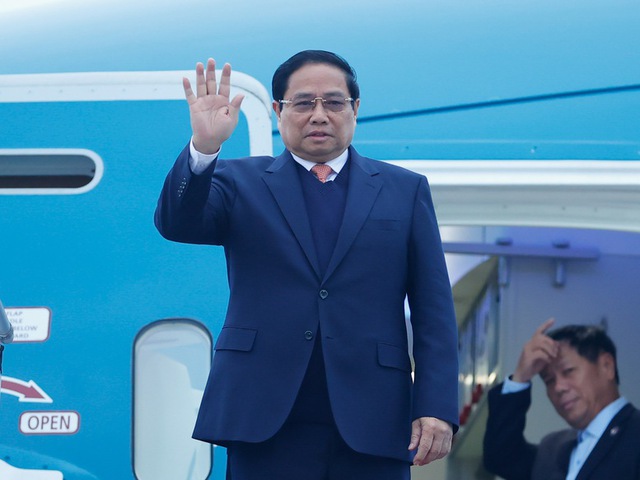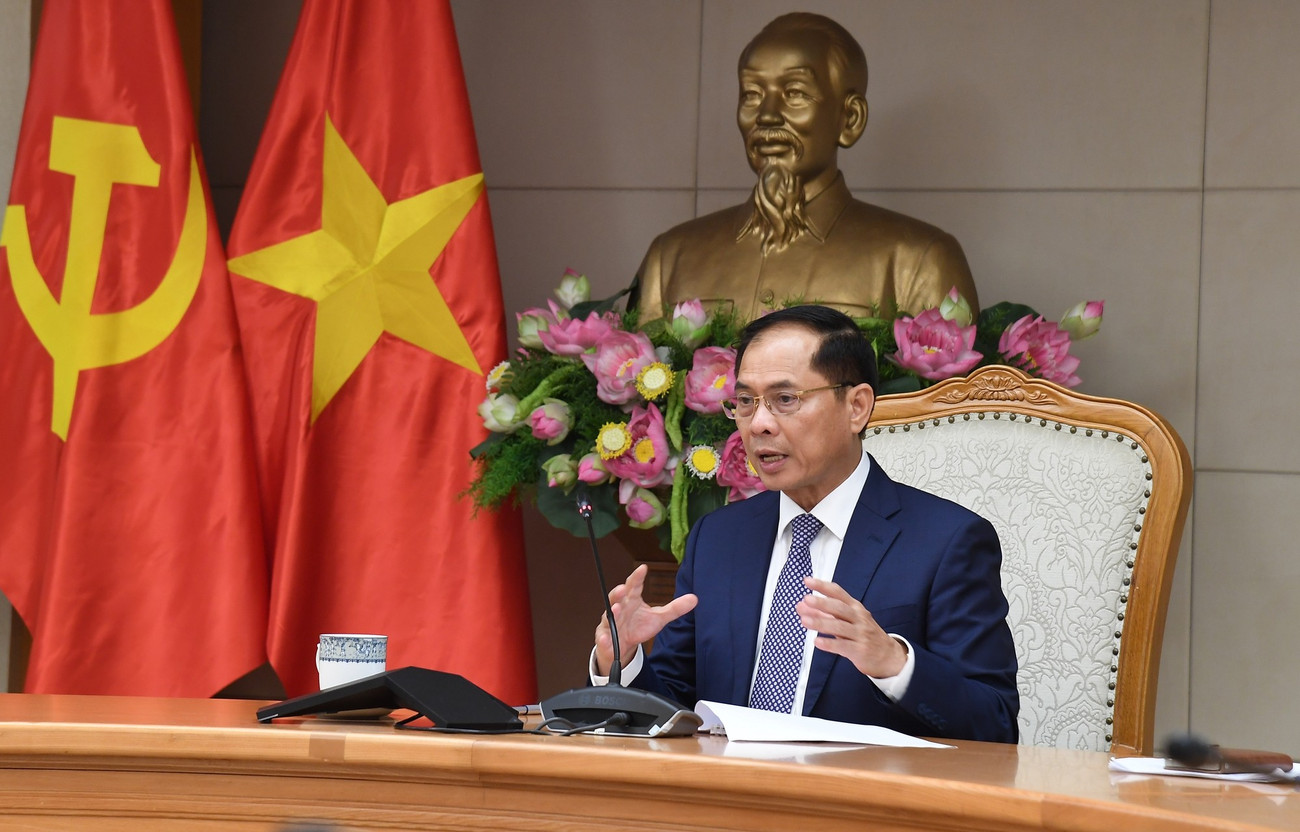MOIT VIETNAM | Laos' Luang Prabang hydropower dam on the Mekong River has resumed construction
/ News / Activities
Laos' Luang Prabang hydropower dam on the Mekong River has resumed construction
Even though Lao officials have admitted that several key steps in the project have yet to be completed, Radio Free Asia (RFA) has learned that construction work has begun on the Luang Prabang hydropower dam on the Mekong River in Laos, including the paving of access roads and clearing of a building site. Building the 1,460-megawatt Luang Prabang Dam along the Mekong's current path via Huai village in the Chom Phet district of Luang Prabang province. Luang Prabang, a historic town and a UNESCO World Heritage Site known for its many Buddhist temples, is located approximately 25 kilometers (16 mi) downstream from the site.
.png)
Xayaburi Power Company Ltd. of Thailand and PetroVietnam Power Corp. of Vietnam will construct the U.S. $3 billion project, one of many current or proposed large-scale hydroelectric facilities in the Mekong River mainstream. The Luang Prabang Power Company Ltd., a partnership between Thai and Vietnamese power firms and the Lao government, is funding the project. Laos' contentious economic goal to become the "battery of Southeast Asia" relies on a cascade of 11 Mekong mainline dams to generate cash for the poor nation by exporting energy to its neighbors. Energy generated by the Luang Prabang Dam will be exported only to neighboring countries Thailand and Vietnam.
The dam has been approved by the government, and preliminary construction has begun. However, according to officials who spoke with RFA, several crucial steps remain to be completed, including securing a power purchase agreement, compensating villagers who will be negatively impacted by the project, and conducting a social and environmental impact assessment.
.png)
A Lao official with knowledge of the meeting claimed that on December 6-9, officials from the Ministry of Natural Resources and the Environment met with representatives from Thailand's S. Kansang Co. Ltd., the project constructor, to discuss initial construction planning. Pre-dam construction activities, such as clearing an area for the dam infrastructure, were discussed during a meeting between the Ministry of Natural Resources and Environment and its counterpart. The official, who asked not to be identified in order to speak freely, told RFA on Tuesday that they also spoke about the project's negative social and environmental repercussions and how to compensate the people who would be impacted by it. He remarked, "The social and environment impact research and World Heritage Site evaluation are near to finishing," but he did not provide a specific timeframe. Until a PPA is signed, the business may only begin digging out the project area and paving an access road.
Heritage Impact Assessment officials have said they are still gathering data for the report and do not have a completion date. This assessment is being conducted to ensure that historic resources are given due consideration in the planning and execution of any projects that might have an impact on those resources. Both UNESCO and the Mekong River Commission, an institution that assists the governments of Laos, Cambodia, Thailand, and Vietnam in managing shared water resources and promoting the river's sustainable development, will be provided with the report for consideration. Villagers from Chomphet district in Luang Prabang province, Hongsa district in Xayabury province, and Nga district in Oudomxay province, who will be displaced as a result of the project, were also represented at the meeting, and their concerns about the project's impact on their livelihoods were discussed, the official reported.
.png)
As part of the overall plan, the residents of the village will be obliged to vacate their homes and give up their farms. In the near future, a total of 2,130 families located in 23 villages in the provinces of Luang Prabang and Xayabury will be relocated; however, they have not yet been given the monetary compensation that was promised to them. On Tuesday, an official from the Energy and Mines Department of Oudomxay province informed RFA that compensation for affected communities in Nga district would be granted some time after the beginning of 2023, as per the procedures that were agreed during the meeting. "Affected villagers from Nga district, will be evacuated at the beginning of the year," officials who spoke on the condition of anonymity because they were not authorized to speak publicly about the project said. "However, they are waiting for the company to collect data on the value of their property and other resources before they are evacuated to a resettlement village." According to a local resident, some 65 individuals from Huai village in Luang Prabang's Chomphet district began getting payments in November. This is despite the fact that the project developer sealed off an access route and banned inhabitants from accessing the location. The individual said that he saw construction workers digging a hole for the infrastructure, but he was unable to offer any information about how far along they are in the process.
He told RFA that the dam site had been fenced off and that locals were forbidden from going near it because of the threat it posed, noting that a steady stream of vehicles entered and left the site. Laos has spent the better part of two decades constructing dams in an effort to become the "battery of Southeast Asia" and use the money made by hydropower to accelerate the country's economic growth. The large investment needed is creating an increasingly unsustainable debt load for one of the region's weakest economies, and there are rising worries about the environmental implications of these projects and upstream dams constructed by China on the Mekong River basin.
It has been claimed by activists that the Luang Prabang dam's economic feasibility would remain in doubt as long as no power purchase agreement has been signed for it.
-
/ News / Activities
Prime Minister Pham Minh Chinh’s Strategic Visit to Laos Marks New Chapter in Bilateral Relations
Prime Minister Pham Minh Chinh’s official visit to the Lao People’s Democratic Republic and his co-chairmanship of the 47th meeting of the Vietnam–...
-
/ News
Deepening Cooperation, Strengthening Regional Unity
On the afternoon of July 28, 2025, at the Government Headquarters in Hanoi, Deputy Prime Minister and Minister of Foreign Affairs of Vietnam, Mr. B...
-
/ News / Activities
Vietnam and Laos Accelerate Toward Deeper Regional Integration and Unprecedented Trade Growth
In an era where regional connectivity and economic resilience are critical pillars for national development, Vietnam and Laos are emerging as a mod...





